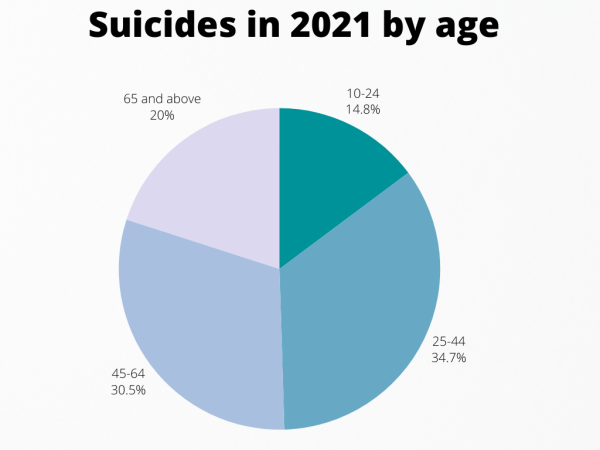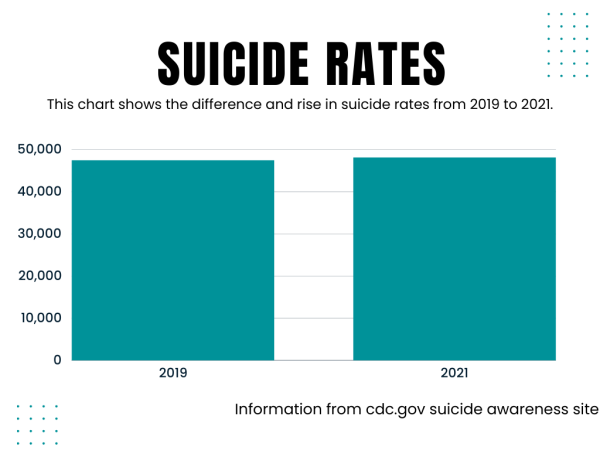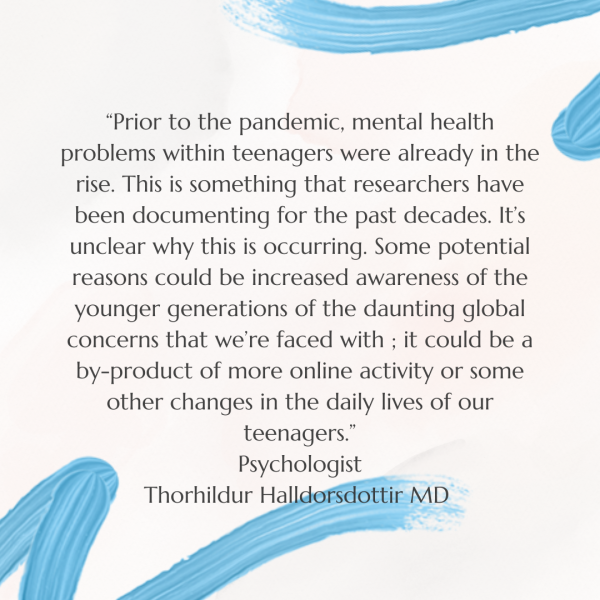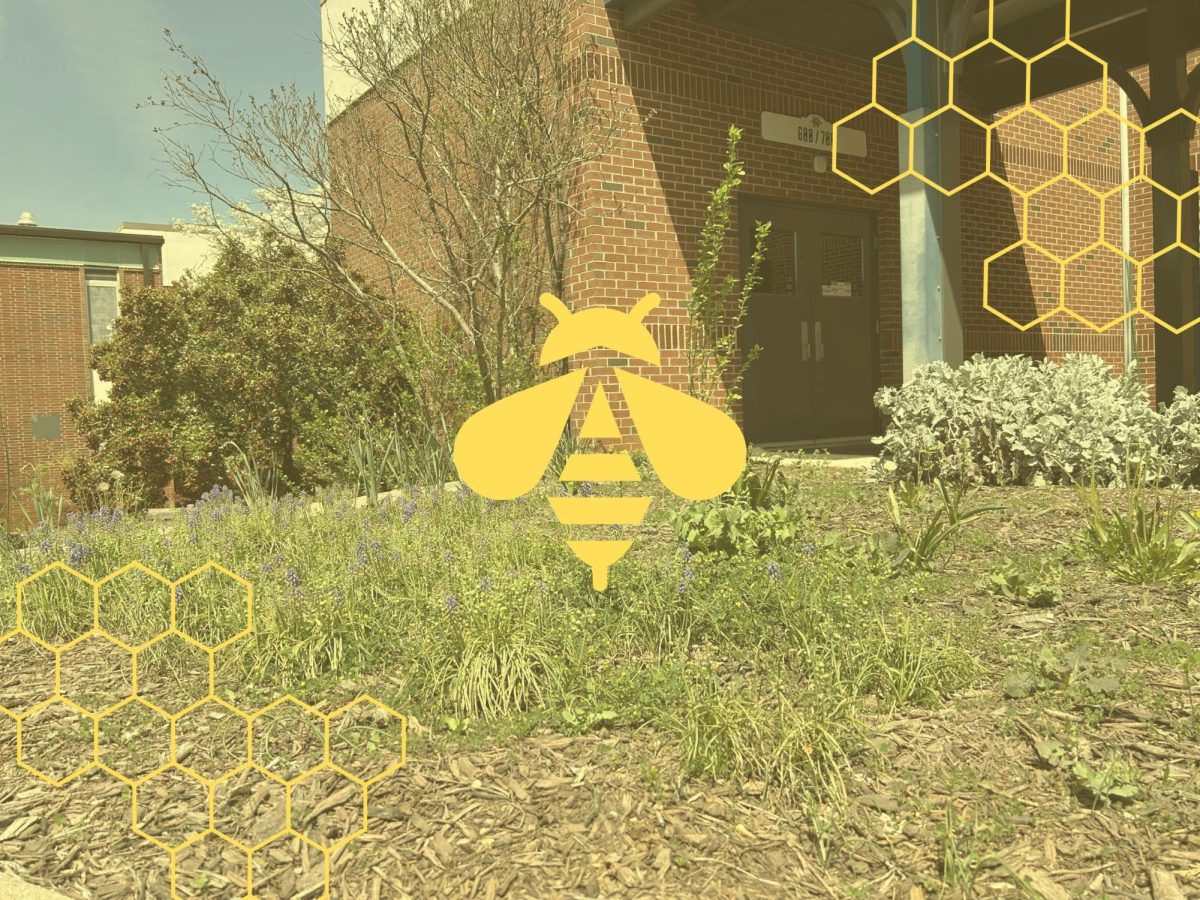During the four years students attend high school, the education system focuses on teaching them skills that enhance cognition. Unfortunately, an average of 16% of students aged 12-17 experience at least one depressive episode; this statistic holds a disturbing correlation to school and its stressors. Over 4 million adolescents experienced a depressive episode in 2022. Statistics show that 41% of high school graduates struggle with anxiety and depression, and the rates of these conditions have continued to rise in the education system since 2005. As time progresses, the scale of depression in younger generations rises.

Suicide rates in high school teens have also continued to escalate, with an average of 60% of high school students reportedly knowing peers who have taken their own lives. Nine percent of high school students attempted to end their lives in 2021, and the suicide rates from 2022 rose 3% higher than the rates in 2023. Suicide remained the second leading cause of death for children in 2022. Suicide today unfortunately reigns as the third leading cause of death in the younger generation ages 15-24.
Problems in high school that can lead to depressive or suicidal thoughts include stress, bullying and substance abuse. The academic responsibilities of high school put pressure on students, and the pressure of passing could result in feeling anxious. The pressure to meet the expectations placed on students by parents, friends, classmates and society contributes to the stress that high school students endure.
Sixty-two percent of seniors apply to colleges, and 58% of high school seniors claim the college application process adds to the anxiety of high school. Moreover, the transition from high school to college causes students to feel isolated and lonely. Students typically experience various negative emotions; 69% of first-year college students feel severe homesickness.
“Our expectations are the filter for how we make judgments about anything whether it’s a movie that we see whether it’s a restaurant that we go to whether it’s a party that we go to and it begs the question how do you know whether your expectations are realistic what happens so commonly as a pathway into depression for so many are they have unrealistic expectations they don’t know they have unrealistic expectations so they’re always walking around hurt and disappointed,” Clinical psychologist Michael Yapko M.D. said
The college application process disturbs the lives of students due to the deadlines: Over 60% of students say the college application process overwhelmed them. Rejection from schools can result in worsening disorders, such as depression and anxiety. The cruciality of receiving a college acceptance letter can alter students’ lives as certain careers in the medical field require specific types of college degrees.

Stress can result in brain damage and physical health issues. By suppressing the glutamate receptor’s expression and function in the parietal cortex, stress can lead to cognitive impairment. Brain damage in the brain caused by stress can lead to numerous students using drugs to cope. Because the human brain continues to develop until age 25, stress can increase youth vulnerability to drug addiction. Stress and drug usage hold a positive correlation. Sixty-two percent of teenagers in their senior year of high school reported using alcohol. This demographic compares to the census that a third of 17-year-olds try cannabis and one in ten try even harder drugs such as cocaine, ecstasy and even ketamine.
“[The] majority of this generation wants to do drugs because it’s ‘cool’ and they want to fit in and flex it, but also childhood trauma could be the cause of increased drug use. Students could look towards counselors to help them work through that.” NC alum Schemar Dobson said.
Bullying also causes a strain on the minds of young high school students. Over 20% of students ages 12-18 have experienced bullying, with a portion of them thinking that their bullies held social influence, and 40% acknowledging the physical advantage their bullies possessed over them. With social media as a prominent resource in dozens of kids’ lives, that being because 90% of kids ages 13-17 use social media, bullying not only takes hold of the school environment but also the World Wide Web. Over 27% of teens reported experiencing cyberbullying, with an immense portion of them receiving explicit texts or images and an even greater portion experiencing their peers spreading rumors about them. Bullying plays a pivotal role in students’ depression.
“School can and has had an effect on those who want to attempt suicide among the young and older community. School introduces opportunities for bullying, peer pressure, self-esteem issues and of course academic stress. But again there are kids that have anxiety and other mental health problems that can increase at school or at home,” NC Alumna Jada Sanchez said.
Twenty-five percent of kids experience a traumatic event by age 16; this statistic effectively shows the harsh impact the high school atmosphere holds over students at that age. Around 17.1 million US youth have received a diagnosis of a mental disorder, with 60% of US teen girls saying they feel constant despair and hopelessness. School does not solely cause the youth mental health crisis, but school factors could result in mental disparities among youth.
“The mental health of teenagers worsens with a particular increase in depressive symptoms and anxiety. Teenagers between the ages of 16-18 years old and girls especially struggle the most under these conditions Referencing The Pandemic A recent study that pulled together findings from all over the world showed that since the first year of the pandemic rates of clinical anxiety depression and anxiety have doubled,” clinical psychologist .Pórhildur Halldórsdóttir Phd said.

Twenty-five percent of bullying declined as schools started a school-based bullying prevention program. Life Skills programs and drug abuse programs help decline the rates of student drug abuse, state programs statistically reduce the tobacco use of students. School-based mental health interventions also prove effective when it comes to reducing depression and anxiety. Family-based interventions statistically lower the long-term suicide risks among youth.
Depression and anxiety remain a prominent nationwide concern for all youth.
Bullying affects the lives of high schoolers and can increase the stress they already endure due to school. Teenagers all deal with stress differently; unfortunately, in severe cases, certain students may turn to drugs, alcohol, or even suicide which shows the severity of mental health. Although no solid solution cures mental health, high schools can work to assist their students as they progress through an emotional and stressful era of life.














